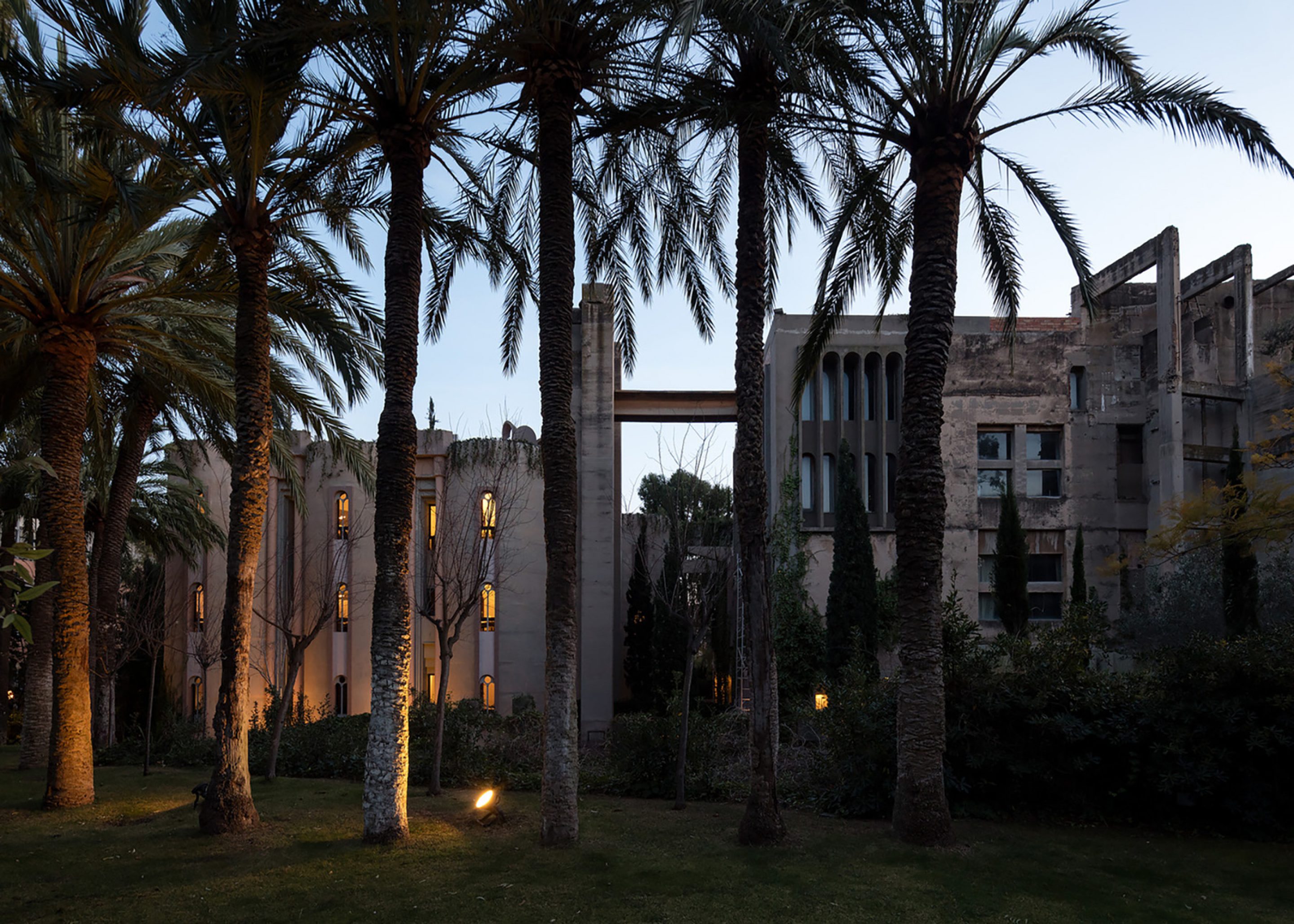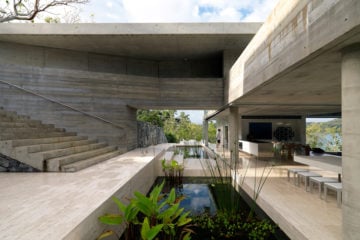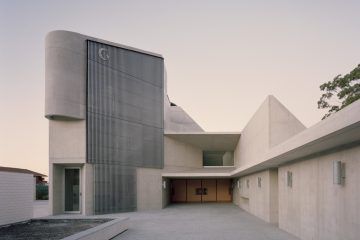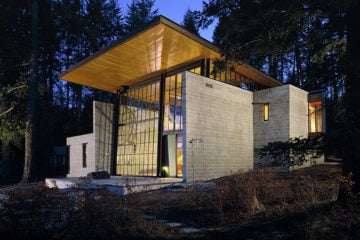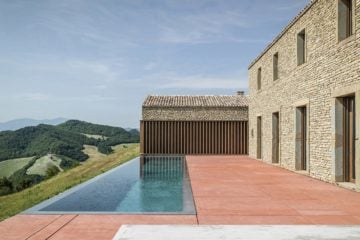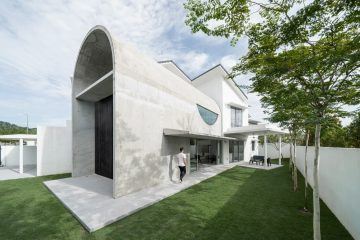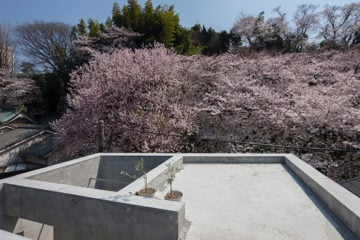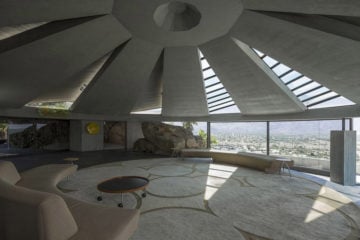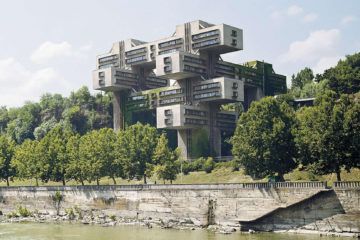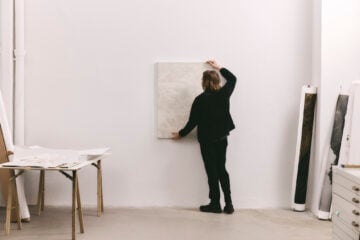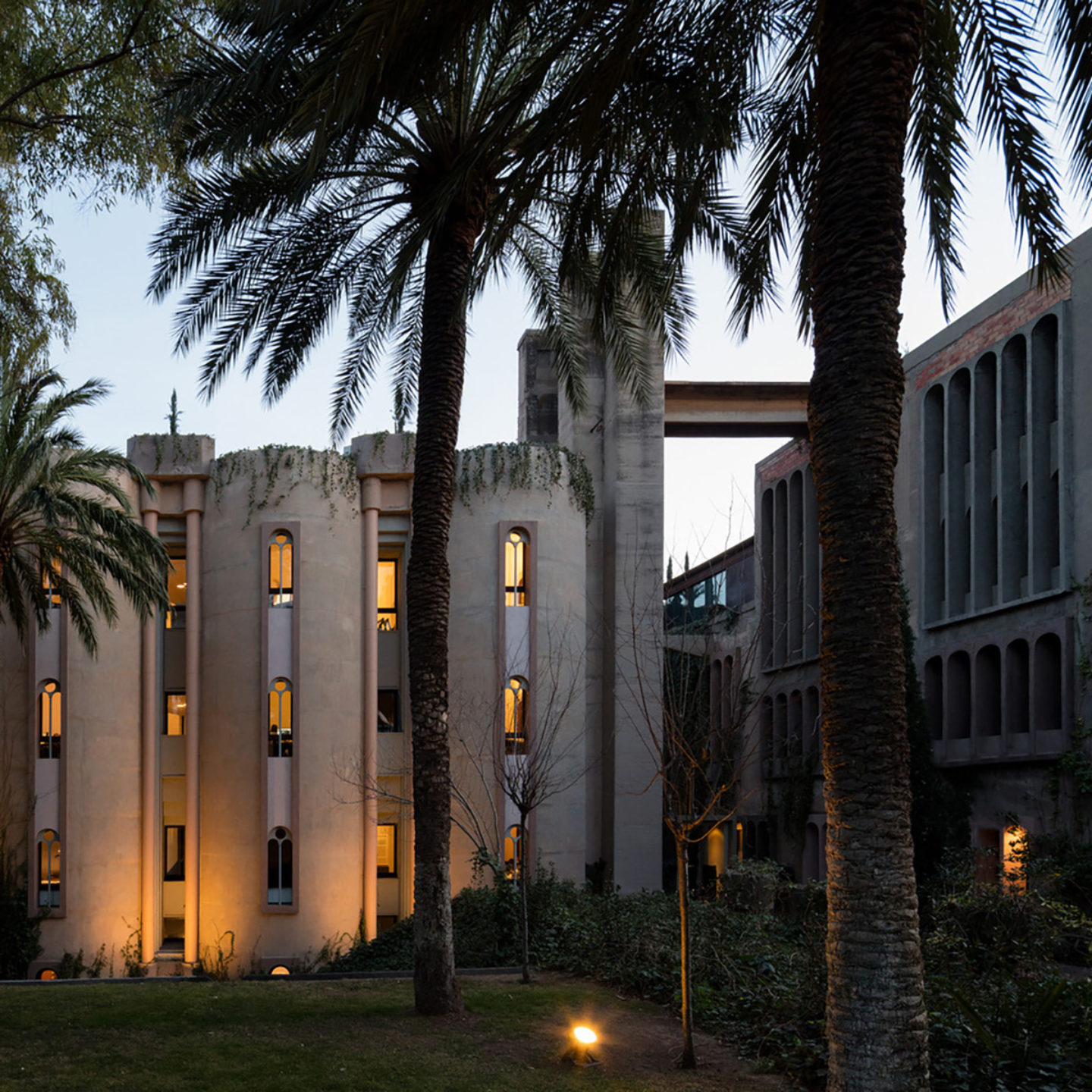
Ricardo Bofill’s Dusky Pink Cement Factory
- Name
- Ricardo Bofill
- Project
- Cement Factory
- Images
- Marc Goodwin
- Words
- Rosie Flanagan
The architectural practice of Ricardo Bofill weaves spatial design with urban planning in colorful, Escher-esque structures. His most exciting project perhaps remains that of his home and office, a converted cement factory in Barcelona.
Bofill describes the space as ‘magic’: and on seeing the monumental buildings, whose dusky pink volumes are crowned by creeping vines and surrounded by verdant forest, it is a statement difficult to deny. Bofill found the site in the early 1970s; an abandoned industrial complex from the early 1900s that consisted of 30 silos, four kilometers of underground tunnels and large-scale machine rooms.
Over two years the space was remodeled, slowly becoming both Bofill’s home and the workspace of his architectural practice, Ricardo Bofill Taller de Arquitectura. On his website, Bofill explains that “This cement factory, dating from the first period of the industrialization of Catalonia, was not built at once or as a whole but was a series of additions as the various chains of production became necessary.” Remodeling followed a similarly non-linear process. Bofill recognized the ambiguities of the cement factory as being key to the space, and so preserved them.
Sculpting the space as if it were an art piece, the silos that once held cement today house Bofill’s creative team: the spaces reimagined as offices, a models laboratory, a library, archives, a projection room, and an exhibition space. Architectural photographer Marc Goodwin is traveling the world photographing architecture offices: and no volume on the subject would be complete without Bofill’s office. As Bofill explains, “The factory is a magic place… whose strange atmosphere is difficult to perceive”, so Goodwin’s photos deliver.
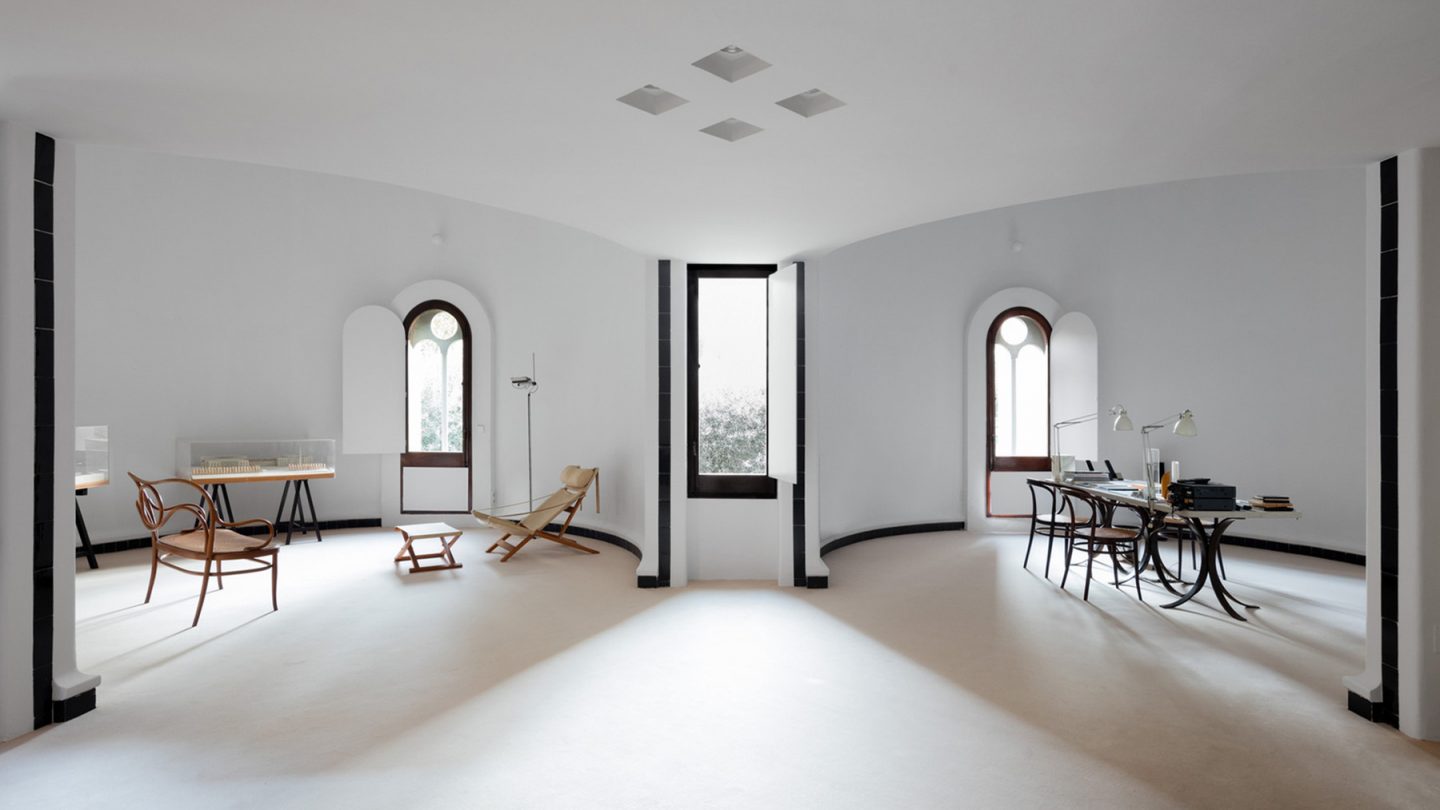
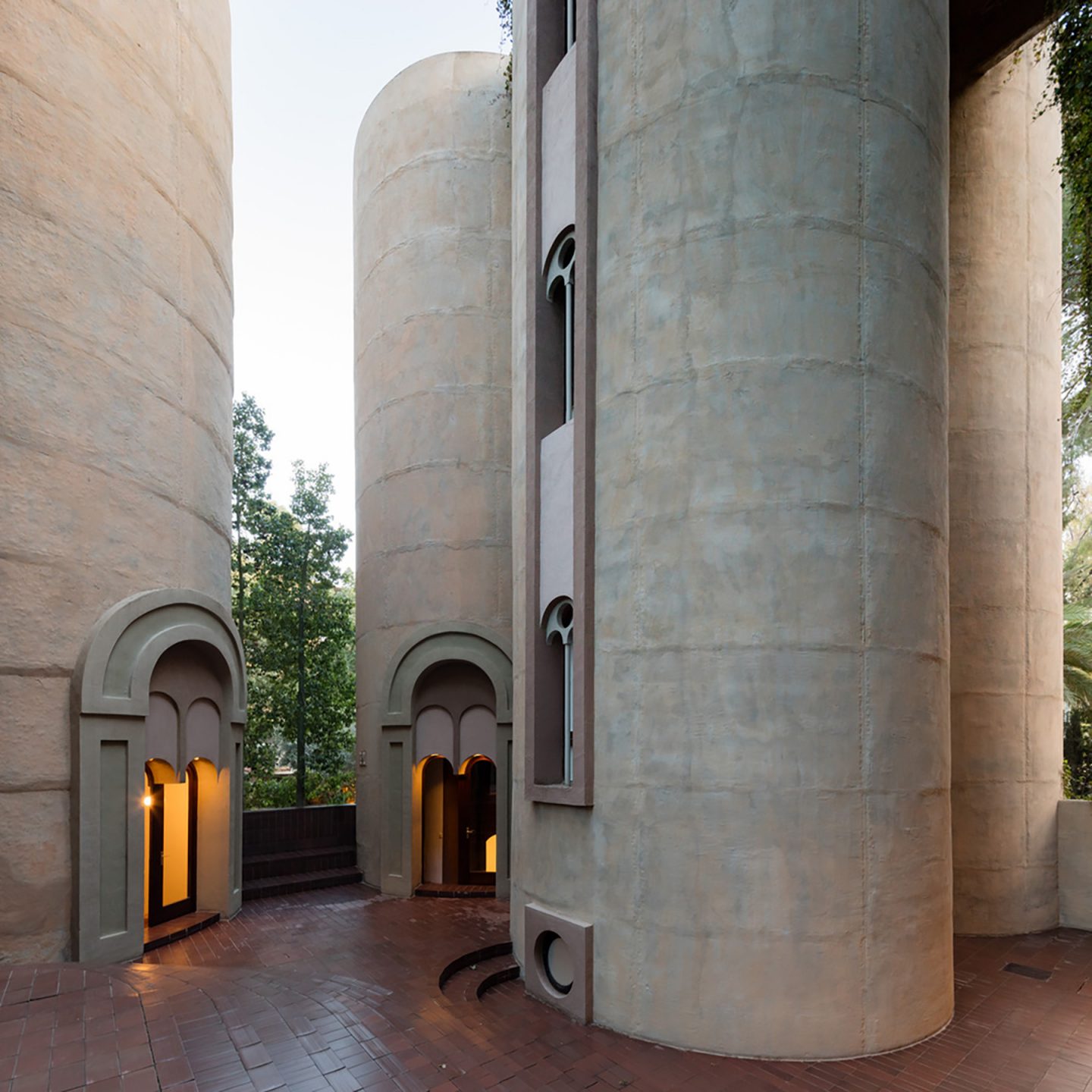
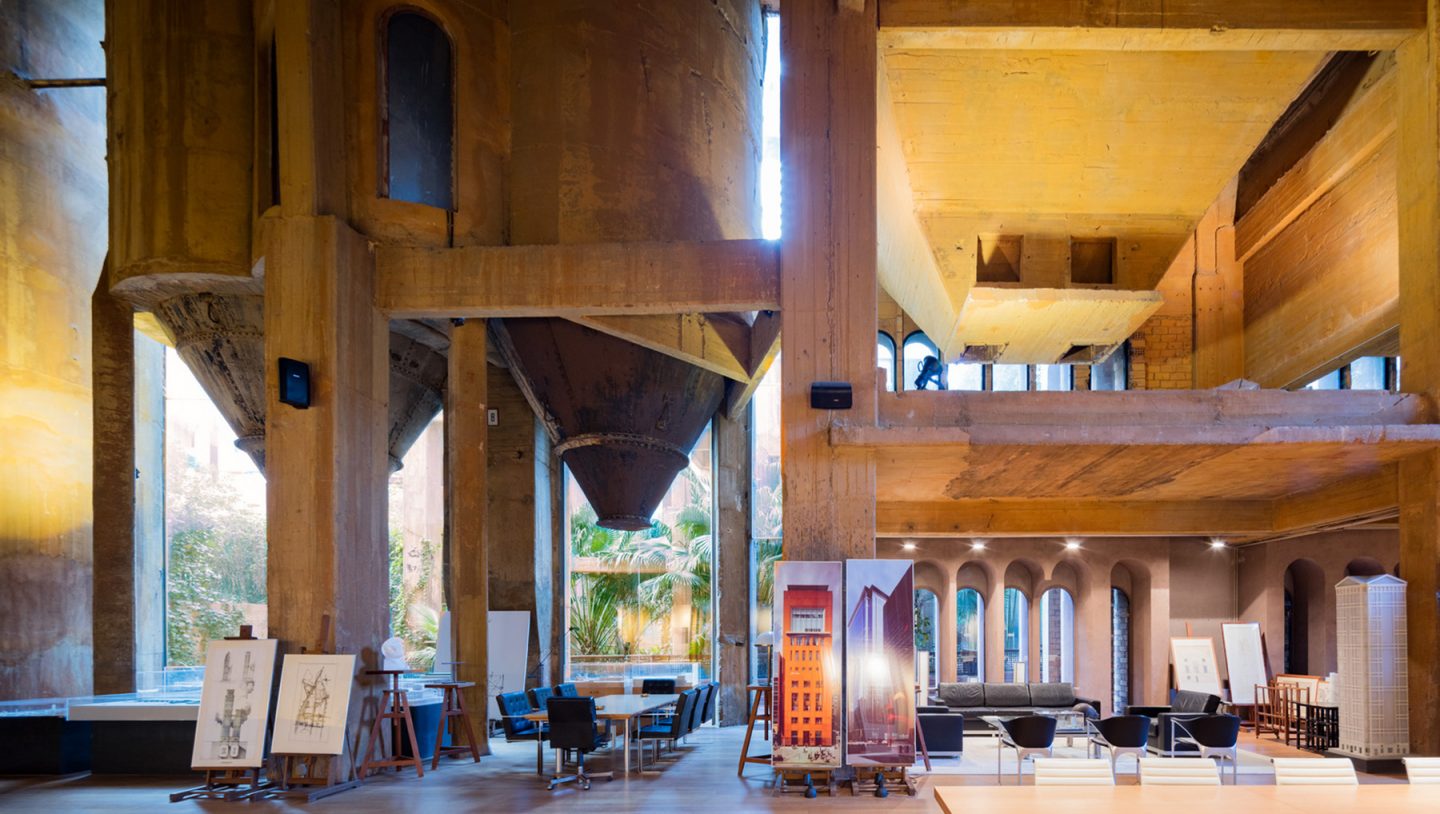
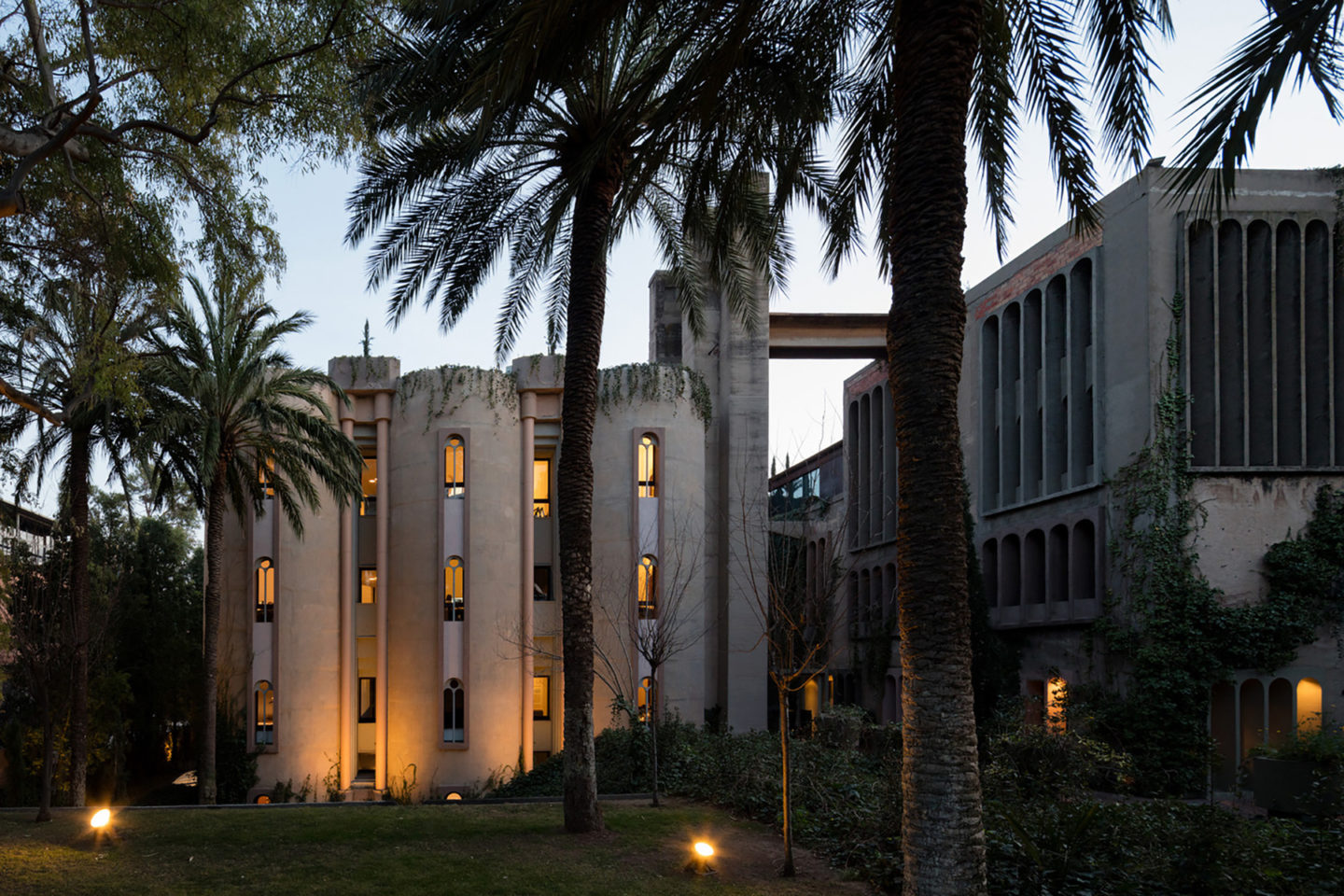
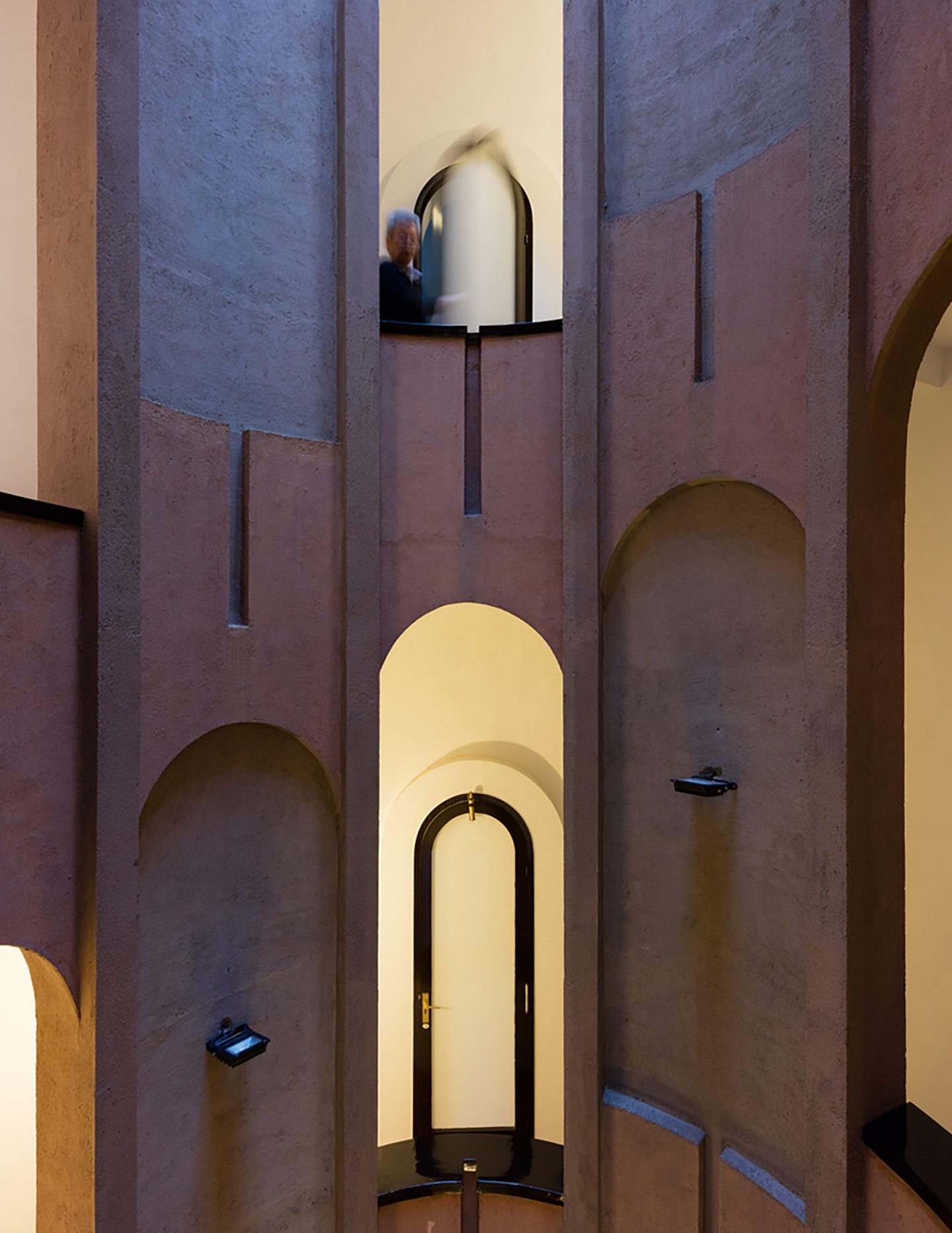
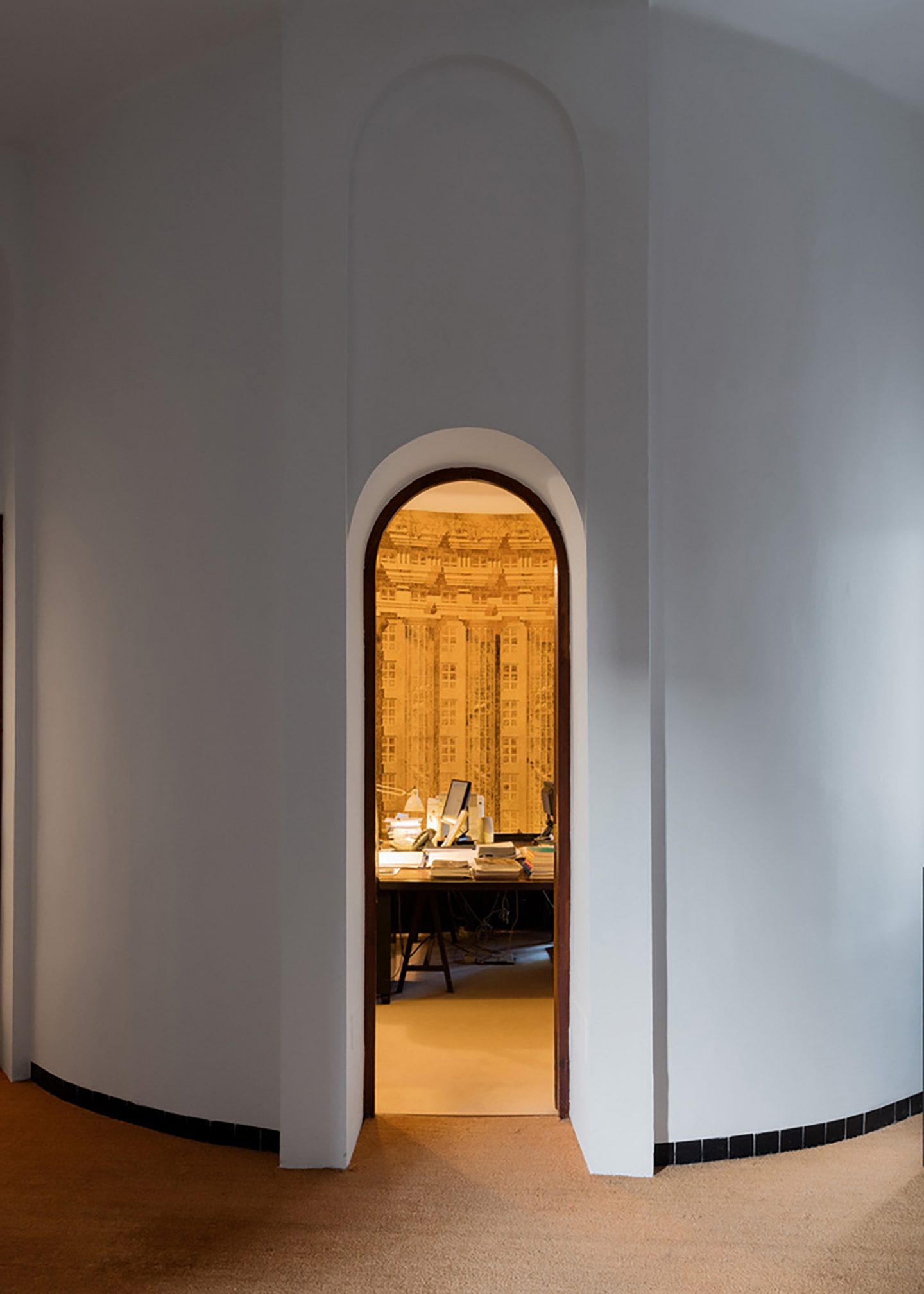
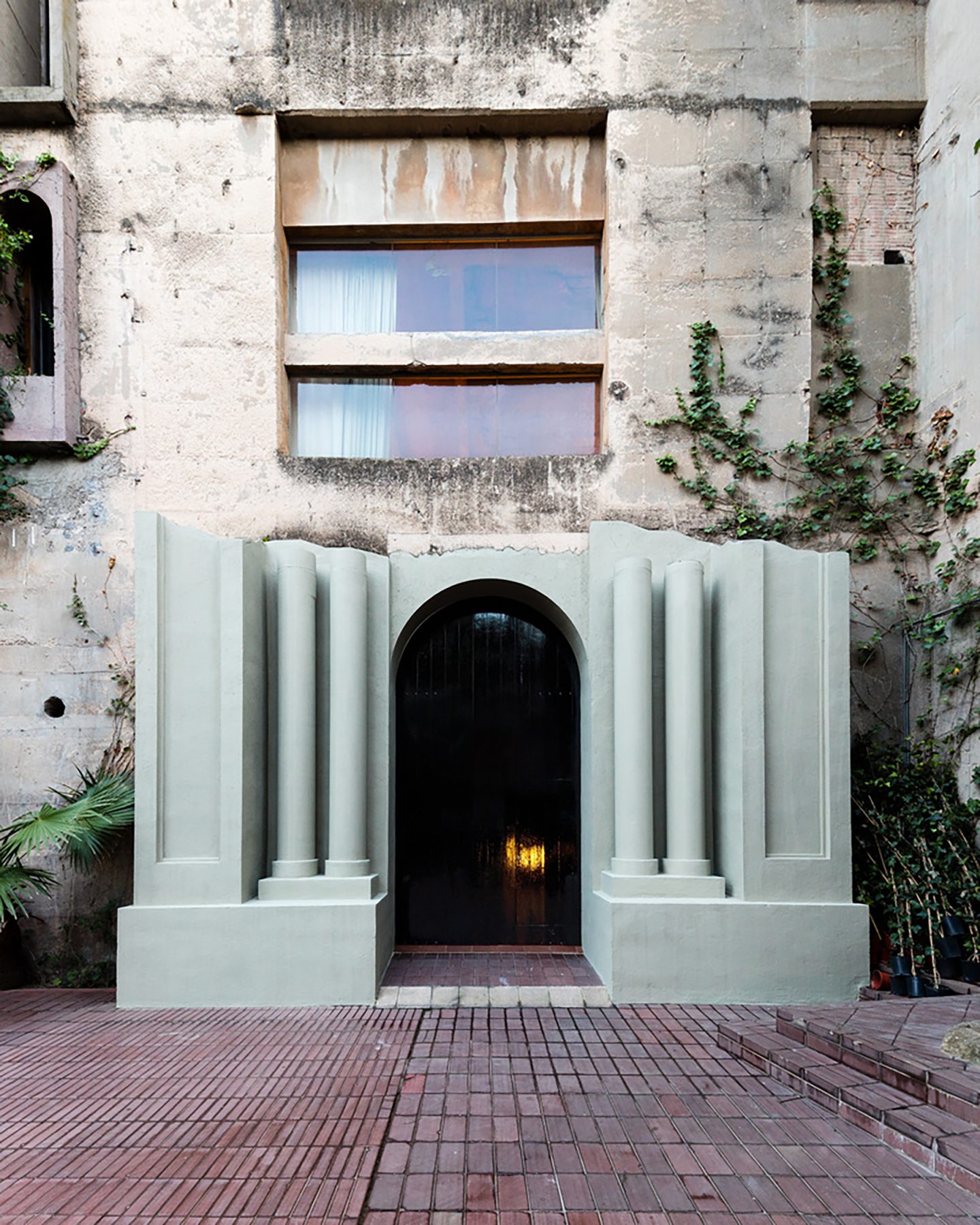
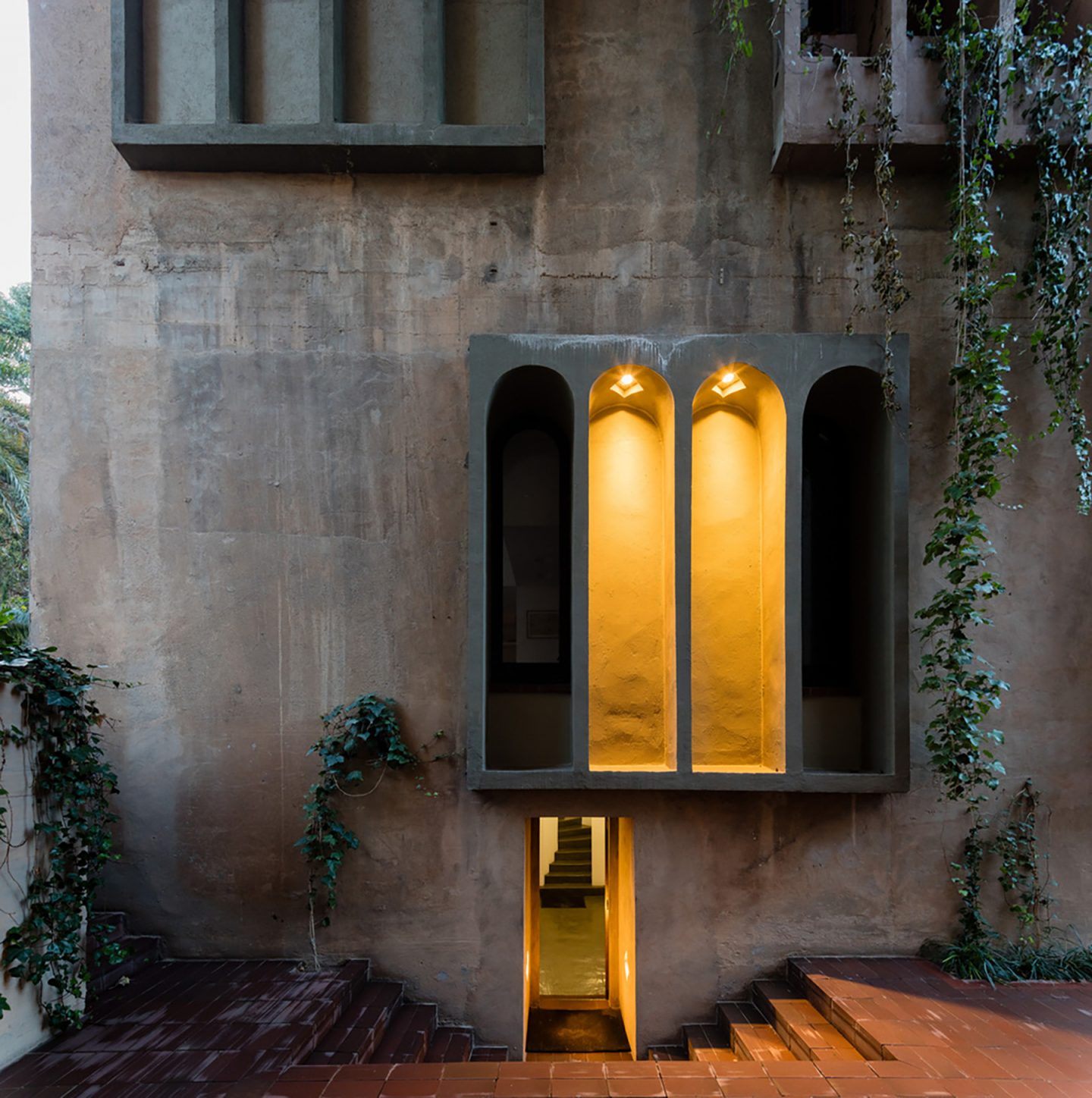
All images © Marc Goodwin
